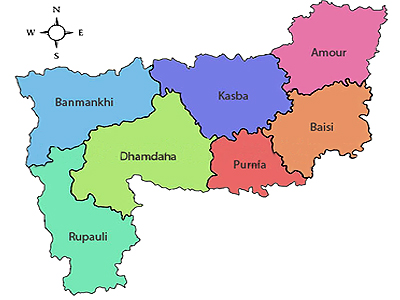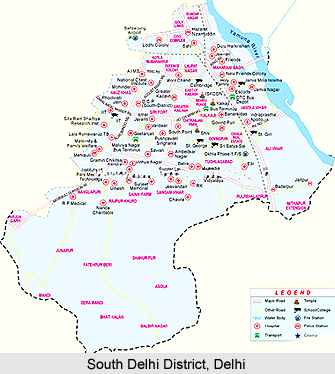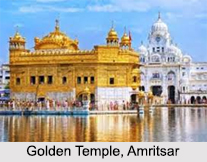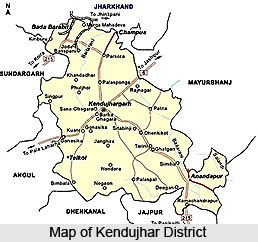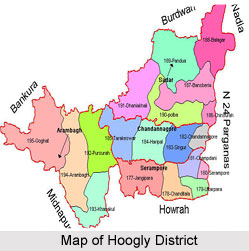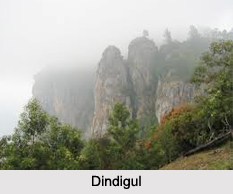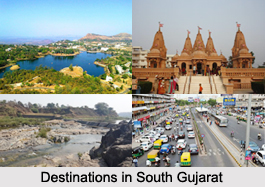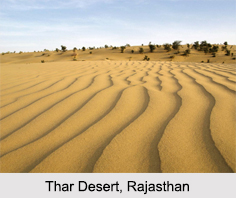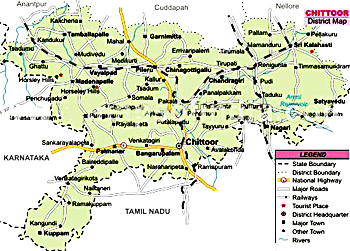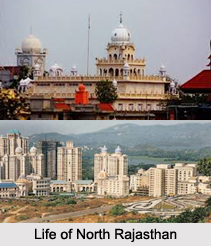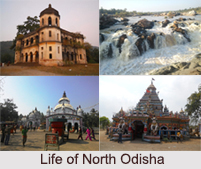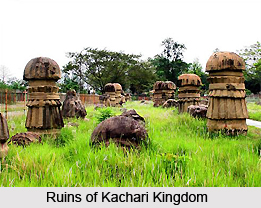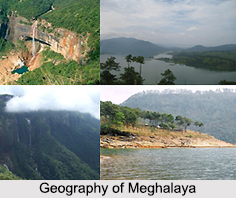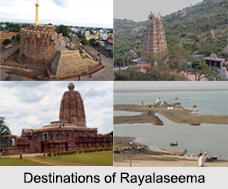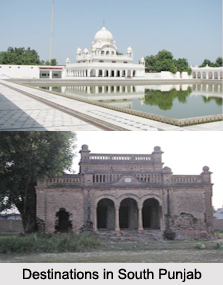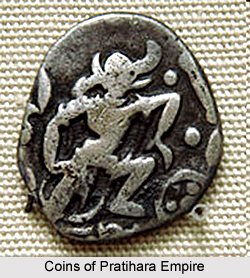 Economy in Pratihara Empire was mainly dependent on agricultural production. Thus, the major source of government revenue at that time was the tax derived from the bulk of agricultural production. The feudal levies due from subordinates to the Gurjara king were supplemented by standing armies garrisoned on the frontiers. The use of money was strongly implied by such a system. The maintenance of large permanent military forces required the regular disbursement of pay or expenses in the form of ready cash. The forms of money needed to fulfil two conditions: sufficiently high value units to be easily transportable from point of collection to point of disbursement; yet sufficiently low value units to meet the modest salary or expenditure levels of individual soldiers.
Economy in Pratihara Empire was mainly dependent on agricultural production. Thus, the major source of government revenue at that time was the tax derived from the bulk of agricultural production. The feudal levies due from subordinates to the Gurjara king were supplemented by standing armies garrisoned on the frontiers. The use of money was strongly implied by such a system. The maintenance of large permanent military forces required the regular disbursement of pay or expenses in the form of ready cash. The forms of money needed to fulfil two conditions: sufficiently high value units to be easily transportable from point of collection to point of disbursement; yet sufficiently low value units to meet the modest salary or expenditure levels of individual soldiers.
Gurjara Pratiharas ruled over an empire which encompassed at one time or another parts of present-day Gujarat, Rajasthan, Malwa and the Ganga basin from Punjab to Bihar. The commercial enterprises of the Gurjara Pratihara kingdom were considered to be both users of money on a regular basis and source of revenue through taxes. Some historiographers have interpreted the period as one in which commerce was moribund, with trade highly localised and dispersed to the village level, where barter relationships replaced monetary exchanges. Historians have further used the term `feudalism` to describe the political, economic and social process of the Pratihara Empire. The period was characterised by the decentralisation of governmental authority, devolution of economic activity from international to local scale, and de-urbanisation. This interpretation is heavily reliant upon the evidence of land-grants, a biased sample which encourages over-estimation of the strength or prevalence of a trend.
Moreover, regarding the economy and trade in Pratihara Empire, Arab travellers of the ninth and tenth centuries described a number of trade goods originating in various parts of the subcontinent, which moved to market by a variety of pack animals. Indeed, one of the most consistently demanded trade item have been the horse itself. Historians have also confirmed that an active exchange of products internal to Indian kingdoms, as well as between these states, and outside, existed during the time of the Gurjara-Pratihara Empire. The Arab geographers have also mentioned the types of coins used during that period.
Several archaeological factors confirm that there was a regular and well-used medium of exchange in the Gurjara-Pratihara dominions during the ninth and tenth centuries. Inscriptional evidence confirms this surmise. An epigraph from Bharatpur records the distribution of coins called drammas by King Bhoja in AD 905-6. The Siyadoni inscription from Jhansi District recorded a number of donations by individuals to temple deities from 902 to 967 AD. Two specific denominations of coins are notable, the Vigrahapala Dramma and the Adivardha Dramma. There seems to have been no gold coinage in the Gurjara- Pratihara dominions. The smallest purchases were made not with copper and this was the major medium of exchange during that period.


